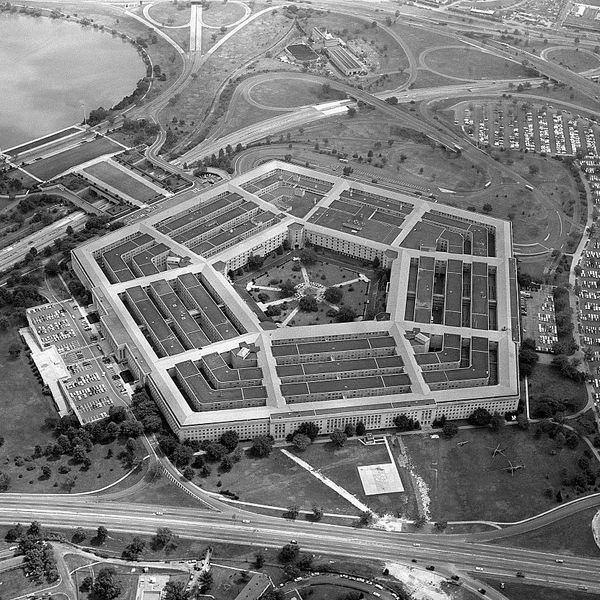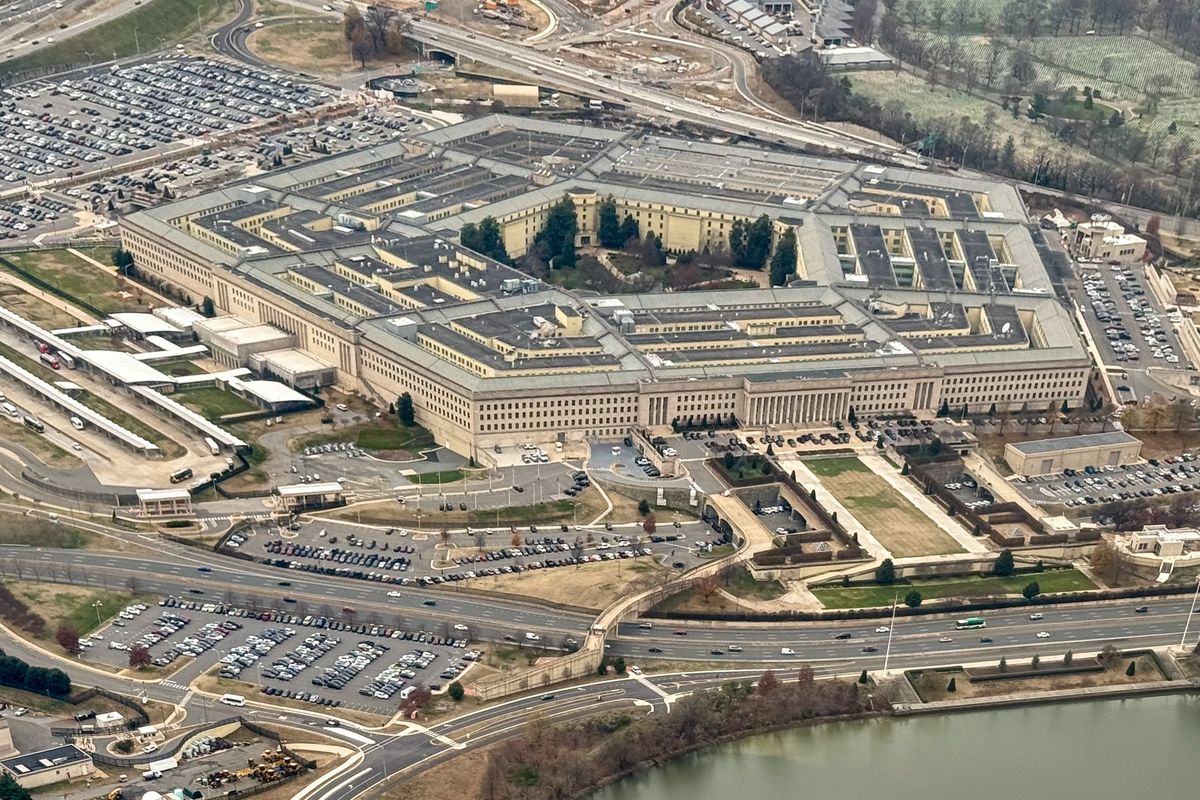The shake-up that Donald Trump voters wanted when they put him into the Oval Office has begun – with very mixed results.
Trump’s ill-prepared, travel ban for individuals entering the U.S. from seven majority Muslim countries is headed for the Supreme Court after temporarily inconveniencing thousands and generating demonstrations across the country and around the world.
The January 27 presidential executive order was originally designed to show what Vice President Mike Pence grandly characterized Sunday as Trump’s “decisiveness” for “putting the safety and security of the American people above the niceties of communicating with people in Washington or in some cases around the world.”
Instead, Seattle’s U.S. Federal District Judge James L. Robart granted a temporary restraining order that set the Trump order aside. In his decision, the judge, appointed ten years ago by President George W. Bush, found it “adversely” affected individuals, their employment and education, and that the order’s opponents were likely to win the case at trial.
The Justice Department had argued before Robart that the judge should not look to the “intent behind” Trump’s order, because it was issued based on “national security.”
In response, Robart said the government had not provided “support” for it’s argument that “we have to protect the U.S. from individuals” from the listed countries—Syria, Iran, Iraq, Sudan, Somalia, Yemen, Sudan, and Libya.
Robart also made his ruling apply nationally, and not just to the plaintiff states of Washington and Minnesota, stating that Congress and the courts have sought to have uniform rules throughout the country when it comes to naturalization.
As the Justice Department said in its appeal of Robart’s ruling, Trump’s order will now become a major legal test for the “constitutional separation of powers” as well as “second guesses [by the Judiciary] of the President’s national security judgment about the quantum of risk posed by the admission of certain classes of aliens and the best means of minimizing that risk.”
Opponents of the order are bound to raise other key legal constitutional questions of their own, such as whether it violated not only equal protection and due process, but also the religious establishment clause because of its apparent focus on giving preference to religious minorities in primarily Muslim countries.
However, more than just legal questions are involved.
The drafting, clearance for, and roll out of the so-called “Protecting the Nation from Foreign Terrorist Entry into the United States” order raised questions about the competence of the Trump White House team and the role of Cabinet members, such as the Secretaries of State, Homeland Security, and Defense, who have interests in the issue.
By also failing to include consultation with Congress beforehand, it opened the order up to criticism, not just from Democrats but from some Republicans.
It has mobilized opposition from diverse groups, including 97 top tech corporations, such as Apple, Facebook, and Microsoft. In an amicus brief to the federal courts, they pointed out the order “gives global enterprises a new, significant incentive to build operations – and hire new employees – outside the United States,” just the opposite of what Trump said he wants to accomplish.
Finally, while White House staff and other administration officials tried to deal with fallout from the order, Trump took to Twitter early Saturday morning and generated even more criticism of the matter.
He referred to “The opinion of this so-called judge, which essentially takes law-enforcement away from our country, is ridiculous and will be overturned!” Later, after a round of golf, he tweeted that “many very bad and dangerous people may be pouring into our country,” without indication of any facts.
Then on Sunday, Trump began again tweeting, “The courts are making the job [of Homeland Security] very difficult!” and finally, “Just cannot believe a judge would put our country in such peril. If something happens blame him and court system. People pouring in. Bad!”
The pattern of start and stop represented by the travel ban order is reflected in other Trump “shake up Washington actions,” such as the new Iran sanctions, which turned out to be one the Obama administration had already prepared; the ambiguous positions on moving the U.S. Embassy to Jerusalem; the delay in replacing Obamacare; and the embarrassment over Trump’s call to Australian Prime Minister Malcolm Turnbull.
However, one thing not being shaken-up is the secrecy around Trump’s tax returns, and his ability to continue making money at the same time he’s occupying the Oval Office.
Some light on this was exposed last week, thanks to ProPublica and The New York Times, with their release of trust documents that outline much of how Trump’s financial interests are to be handled while he is president.
What they show is that every dollar of individual income generated by his holdings – which Trump received while he was a private citizen – will continue to flow directly to him during the time he is president.
To understand what’s involved, it must be realized that Trump held direct ownership shares in hundreds of limited liability companies, S corporations, and partnerships, where income and losses went directly to him as an individual and were reflected on his personal federal income tax returns. While there is an entity called the Trump Organization, it serves more as manager rather than beneficial owner of separate companies.
The new documents show that while his sons Eric and Donald Jr. may be running the Trump Organization, all Trump’s former assets – these hundreds of companies etc.—are now in a revocable personal trust Trump set up on April 7, 2014, as amended on January 17, 2017, three days before he took office.
Under a “Certification of Trustee,” signed January 19, 2017 by the trust’s two trustees – son Donald Jr. and Allen H. Weisselberg, the Trump Organization’s chief financial officer— “The purpose of the Trust is to hold assets for the exclusive benefit of Donald J. Trump.”
The two trustees are given the power “to own assets and the power to open bank, brokerage and security accounts and to invest funds therein,” but they are also “subject to certain requirements and restrictions with respect to certain transactions made on behalf of the Trust,” which are not disclosed.
As the Times noted in its story last week, the trust will use Trump’s own social security number as the taxpayer identification number – so the money will flow directly to benefit President Trump as it did before.
White House Advisor Kellyanne Conway, after the inauguration, said Trump’s old tax returns would not be released even after audits are completed. What will it take to get the Trump trust’s tax returns released to show his income while he is president?
Without public knowledge of the trust’s income, how will anyone know whether Trump is personally benefitting from his presidential decisions?












